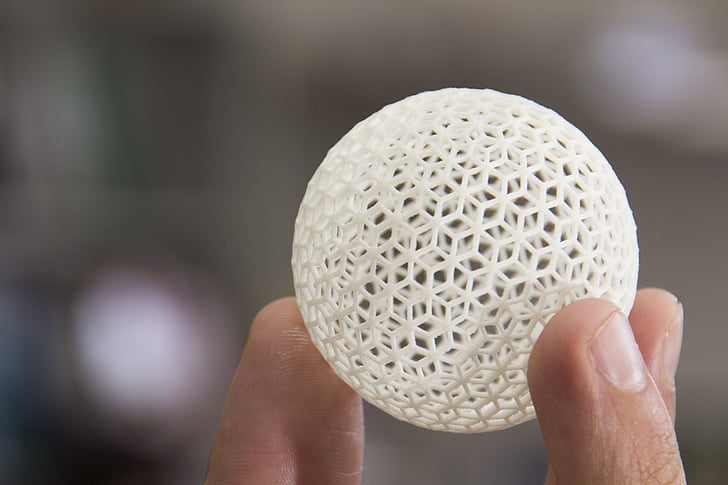As we round up 2022 and we move forward with new goals and motivation towards 2023, the additive manufacturing industry has observed sustainable growth and demonstrated technological development. 2022 was a challenging year for the Additive Manufacturing Industry as it was challenged by the post-COVID industry downturn and the Ukraine-Russia war causing supply chain issue, however according to various industry reports, the AM industry is likely to grow at 20% -22% annually for the next five years. After analyzing the various trends and developments, AM Chronicle brings an overview of key trends to look at in the year 2023 for the additive manufacturing industry.
Sustainability
Sustainability has been in focus for the manufacturing industries worldwide due to the climate change challenges and various government initiatives. The AM industry has demonstrated several case studies and research papers proving the utility of AM technologies in improving sustainability. In 2023, we will see a flow of innovation and new solutions in AM for sustainability. In addition, more and more industries will focus on investing in AM to reduce energy consumption, waste, and cycle time for new product development and small and medium batch production.

Automation in Additive Manufacturing
Additive manufacturing is integral to Industry 4.0, mainly focused on high-quality automation systems. Additionally, as the volume of components produced by AM increases, the demand for automation in AM is likely to increase in 2023.
2023 will see a shift towards fully automated additive manufacturing systems, which will take care of order management, printing, material management, and post-processing. Automation in additive manufacturing will help companies achieve cost economics, reduce health and safety risks, and improve effectiveness.
New Materials
In 2023, we will see new and innovative materials in all the domains of additive manufacturing. Significant development is likely to be observed in materials for metal additive manufacturing and bio-printing. The new materials will play a role in designing critical parts and improving the mechanical properties. The industry will also likely see the application of AM materials in new areas, such as flexible electronics, energy, and lifestyle products.

Supply Chain Optimization
On 6th May 2022, President Biden and five leading manufacturing companies in the USA announced AM Forward program, which was aimed at improving the Supply Chain Resilience of the USA using AM technologies. Governments worldwide have also brought policies to promote AM applications to optimize supply chains. These changes are mainly motivated to improve the supply chains of critical components, which saw significant challenges during the COVID-19 and the Russia-Ukraine war.
In 2023, private and government investment in using AM to build better supply chains will increase. In addition to this, in the sectors such as automotive, energy, aerospace, and medical the new solution provided by AM will make more reliable and low-cost supply chains.
Upskilling
As AM finds its application in wider industries and areas, more professionals would like to learn about the technology. This will likely increase the demand for AM courses designed for professionals. In addition, specific courses focused on in-depth knowledge of one particular domain of AM will also rise as AM receives investment from more and more industries.
Subscribe to AM Chronicle Newsletter to stay connected: https://bit.ly/3fBZ1mP
Follow us on LinkedIn: https://bit.ly/3IjhrFq
Visit for more interesting content on additive manufacturing: https://amchronicle.com


